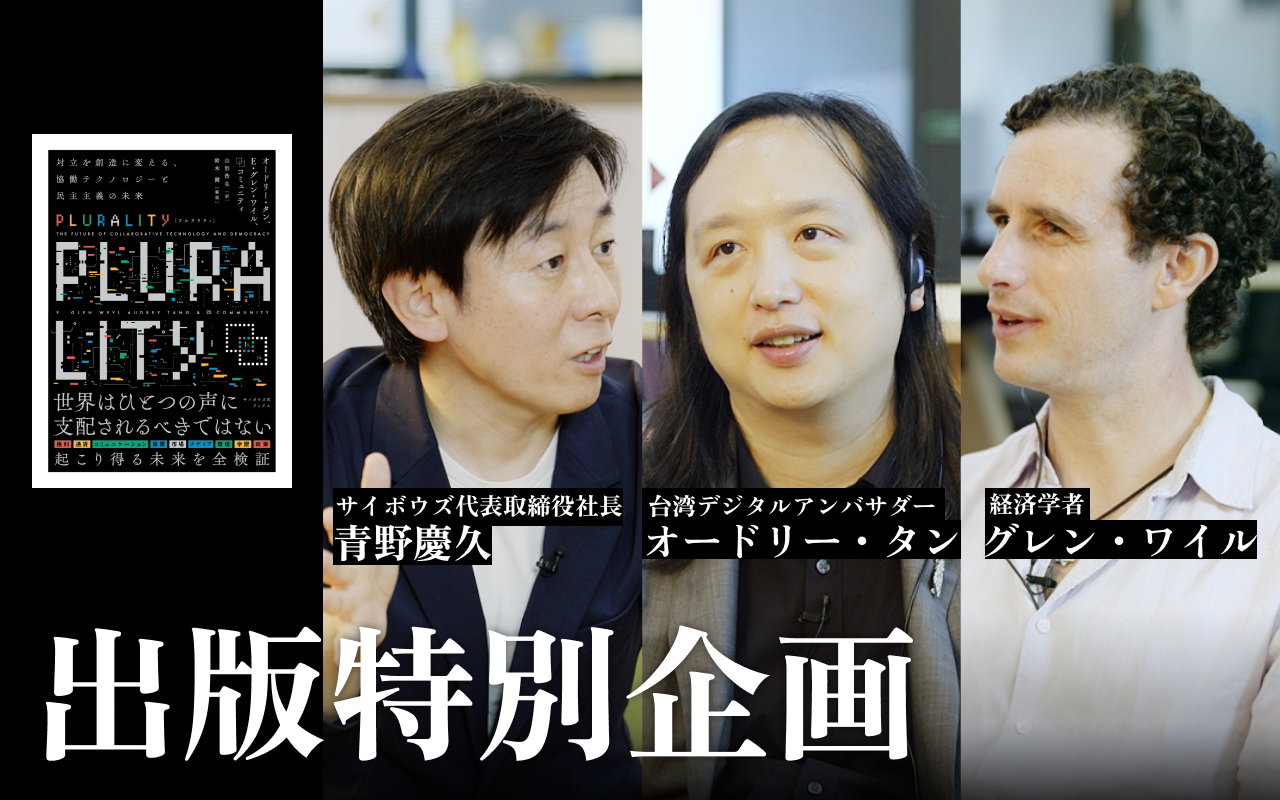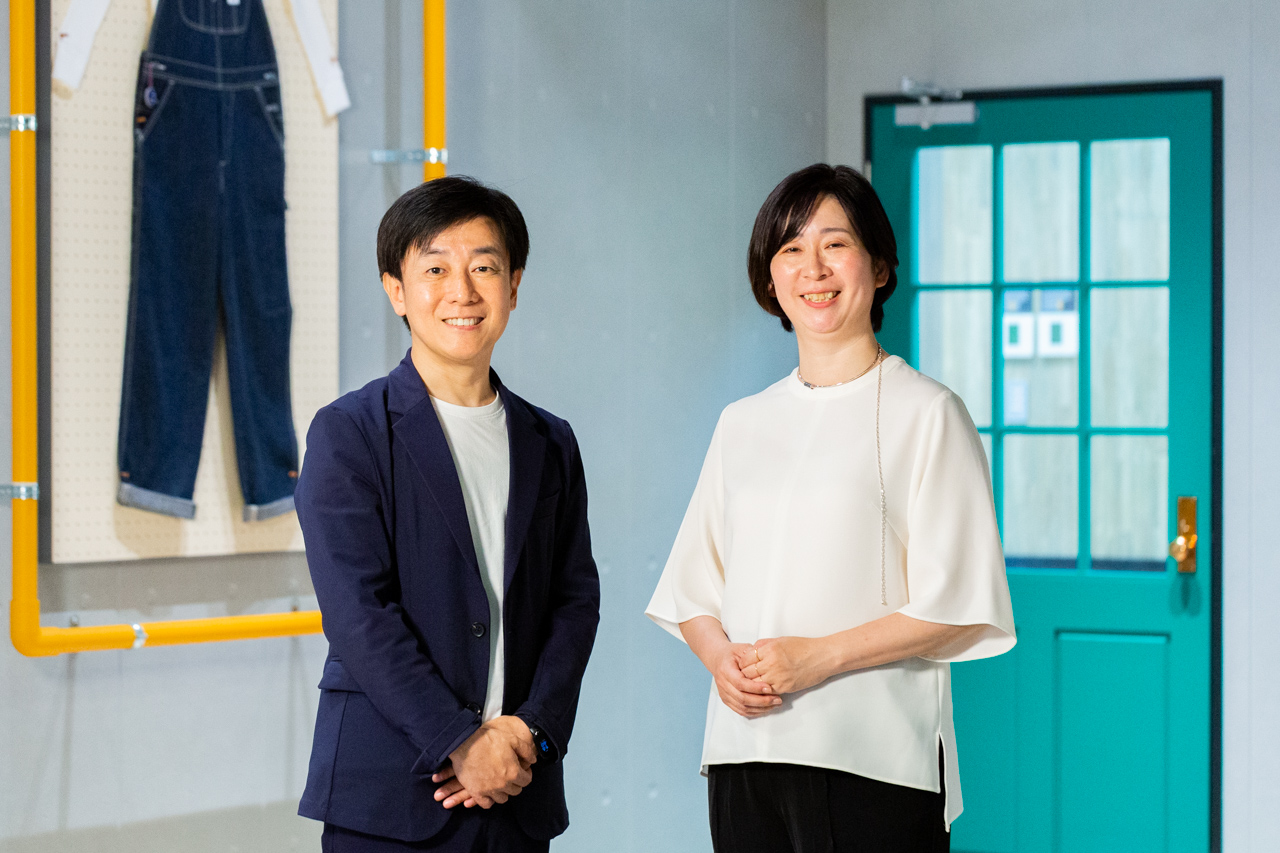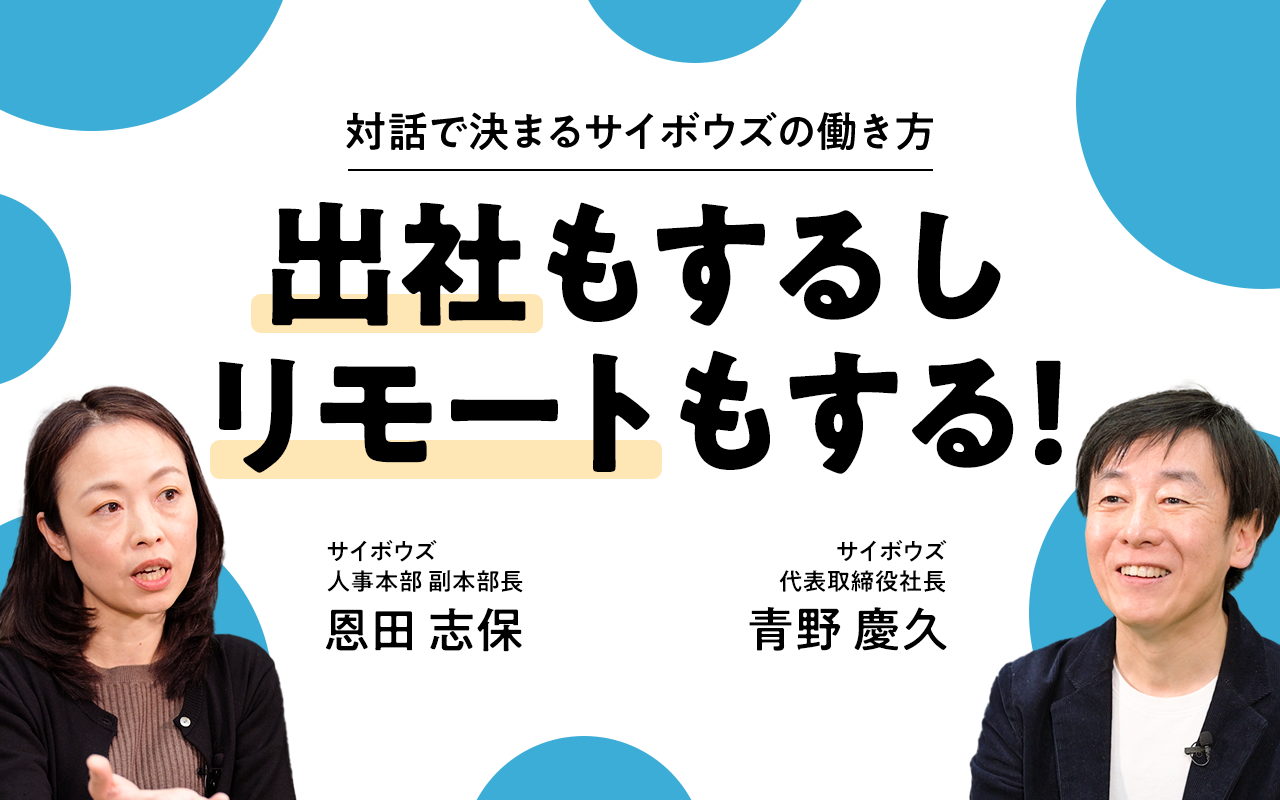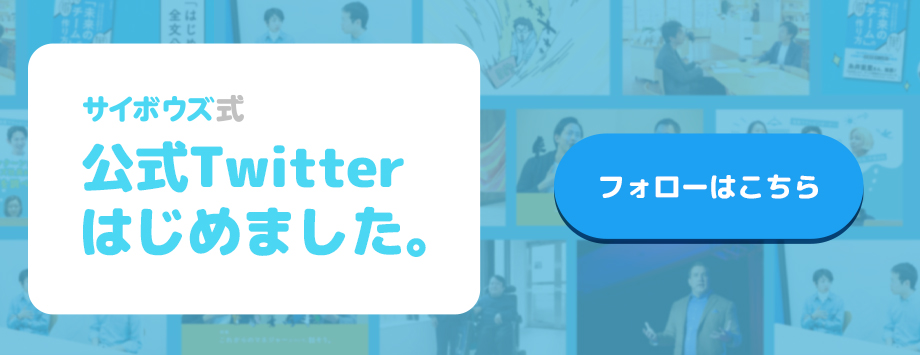Do Flat Organizations Still Need Top-Down Leadership?
Cybozu CEO Yoshihisa Aono talks to Corporate Rebels founders Pim de Morree and Joost Minnaar
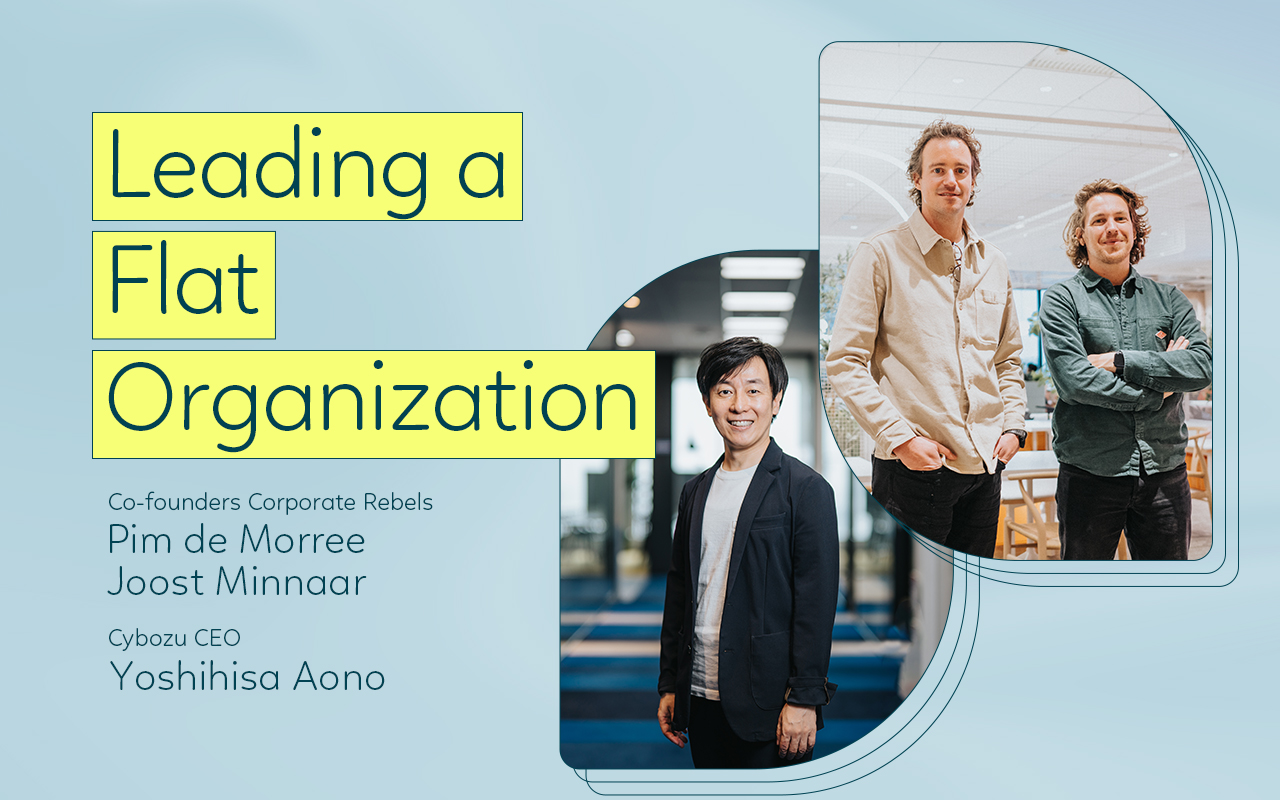
The flat organizational model has been gaining in popularity around the world, mainly thanks to its promise to give people greater control over their own jobs. However, flat organizations are not without challenges. Too often, a charismatic leader will drive management reform without clear mechanisms in place for conflict resolution, decision making, and resolving cultural differences.
Yoshihisa Aono, the CEO of Japanese groupware provider Cybozu, is worried his organizational reforms might not survive a change in leadership. To find some solutions, he sat down with Joost Minnaar and Pim de Morree, management thinkers and the co-founders of Corporate Rebels. Together, they discuss what it takes for a flat organization to thrive.
Flatter organizations adapt better

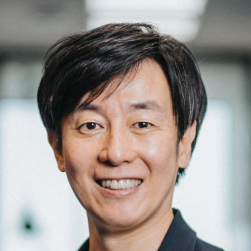
I began to systematically ask the people leaving the company to tell me why. I realized all the reasons were different. Everyone has their own idea of how long, where, and for how much money they want to work. The only way to lower the turnover rate was to figure out how to meet the different needs of every individual. Our current flat and open communication model is a continuation of that realization.


That being said, a lot of companies struggle to adapt their business model to new circumstances. For us, the transition to cloud technology was made much smoother because we were first able to lower turnover and increase motivation. In that sense, having a more flexible workstyle was ultimately good for our bottom line. At least that's my experience with Cybozu. Do you see an increase in agility from a flatter organizational model in other companies?

Take for example an organization like the Dutch healthcare provider Buurtzorg. Their management model doesn't look like a pyramid, but rather like a living organism. Their autonomous, self-managing teams only rely on other teams when they need help or when it makes sense to have coordinated action. When a crisis emerges, those autonomous teams can and will respond immediately, and prompt other teams to act through information sharing.
Compare that to a top-down model where all information has to travel up and down a chain of command. It's no wonder decentralized organizations are more flexible.

Joost Minnaar (right) and Pim de Morree (left) are the co-founders of Corporate Rebels. They quit their corporate jobs in 2016 out of frustration. Frustration caused by the old-fashioned and outdated ways of working that are still present in today's world of work.
As Corporate Rebels, Pim and Joost set out on a mission to make work more fun. Nowadays, they travel the world to research the world's most progressive organizations. Besides researching, they write for the popular Corporate Rebels blog, advise companies, and give keynote presentations to inspire organizations to radically change the way they work. In 2020, they published a book called 'Corporate Rebels: Make Work More Fun'. And recently they launched the Corporate Rebel Academy, an ultimate training camp for corporate rebels. A place to learn how to make work better, with a wide variety of courses and the opportunity to learn from pioneers while connecting to a global community of rebels.
Today, the Thinkers50 rate them among the "Top 30 Emergent Management Thinkers." They won the 2019 Thinkers50 Radar Award, and they were named as one of the "new voices reenergizing management."
The end of top-down came from the top


For example, say an employee came and asked for permission to have a side job. My initial response would be, "What are you talking about?! You still have so much to learn within our company!" I gave up that approach and instead decided to listen to their reasoning and respect their point of view. I accepted the possibility of me being wrong.

Yoshihisa Aono is the CEO of Cybozu. After graduating from Osaka University, he joined Matsushita Denkou (currently Panasonic). In August 1997 he co-founded Cybozu, and in April 2005 he was appointed CEO. Yoshihisa spearheaded the company's workstyle reform, as well as its transition toward its cloud-based product Kintone in 2011. He is the author of several books on teamwork and happiness at work.




I imagine other organizations had different ways of transitioning. Do you have examples of organizations that did things differently?



The bottom-up approach does require at some point for managers to buy into the reform project. We also see many examples where change initiatives begin in a single team or department. Whether or not those initiatives scale up will depend on the organization as a whole.
Solving internal conflicts




At the same time, you can't have truly open communication without psychological safety. In safeguarding our company's culture, it's important for me to provide that safety. People have to be able to speak their minds without fear or doubt.
How does the balance work in other companies? How do the CEOs in other flat organizations deal with conflict without issuing top-down orders?

There are other mechanisms teams can use, like the Gain an Agreement Process, which centers around conversation, advice and arbitration. Whatever conflict resolution process you end up choosing, it's important to first try and minimize the escalation of conflict by maximizing conversation and autonomous resolution.

Flat cultures require individual responsibility




A bigger challenge we have is that people's needs are ever-changing. There are always new ideas for new ways to work popping up. Our work to achieve 100 people, 100 workstyles never ends.



I was concerned at first that by making the management style of our US office the same as our headquarters in Japan, people would leave. In fact, the opposite happened. I realized there are many people living and working in the US who do not resonate with so-called American-style management.
Autonomous workstyles may not be for everyone

If you would rather have a robust organizational structure where all the mechanisms are already in place and you don't have to be proactive, you might struggle at Cybozu.



From our research on flat organizations, we generally see around 20% of employees eventually leave the new organizational model because they don't fit in with progressive ways of working. However, these tend not to be people on the front lines. It's usually people who lost their authority—for example, middle managers—and who cannot accept having less power over others.
Can culture survive its leader?


The good news is that you can prevent this from happening by having clear governance structures. State clearly how employees should deal with each other and what your processes should look like. The goal is for your company to work the same regardless of individual personalities within the company.
Think democracy, not dictatorship. Ask yourself how you can have checks and balances, distribute authority throughout the company, and make those processes explicit.



At Handelsbanken, if the leader becomes too authoritarian, the employees have the power and influence to change leadership. If the leader tries to abolish that power, then the employees would all leave. Giving employees control over their leadership is one way to ensure the continuity of culture.
Article by Alex Steullet. Photographs by Dan Takahashi. Edited by Ade Lee and Mina Samejima.
SNSシェア

